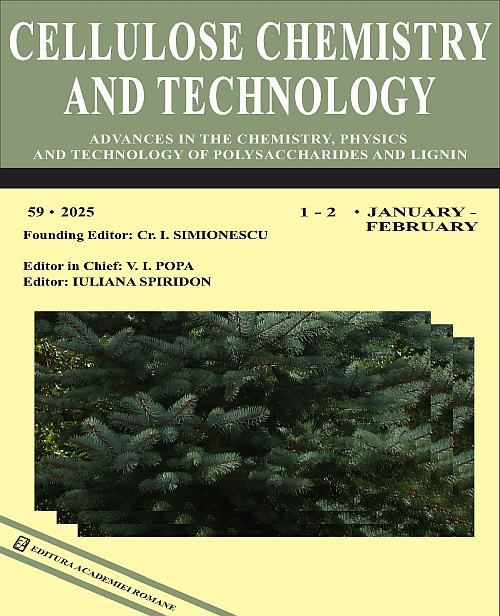|
Title
Effect of lignocellulosic filler on mechanical and rheological properties of alginate-based dental impression materials
Authors
MUHAMMAD AMER KHAN, NAWSHAD MUHAMMAD, SAAD LIAQAT, ADNAN KHAN, HUMAIRA JABEEN, HASHAM KHAN and SUMBAL ANWAR
Received
August 12, 2024
Published
Volume 59 Issue 3-4 March-April
Keywords
lignocellulose, alginate impression material, dimensional stability, setting time, mechanical properties,
rheological properties
Abstract
Dental alginate impression materials have some disadvantages, such as poor dimensional stability due to syneresis and
imbibition, fast setting time in a hot environment, low tensile resistance and poor rheological properties. In this study,
lignocellulosic material was incorporated as a filler into commercially available alginate impression material. The powder
was mixed in different ratios (2%, 4%, and 6%) to prepare different experimental materials (E1, E2, and E3, respectively).
The samples were tested to evaluate their dimensional stability, setting time, tensile strength and rheological properties.
The dimensional stability significantly increased by the addition of lignocellulosic powder (2%, 4%) to alginate, as
compared to control groups. However, the addition of 6% lignocellulosic powder decreased the dimensional stability, as
compared to the control. Also, the mean values of setting time, tensile strength and viscoelasticity were the highest in E3
series, followed by E2 and the least in the control groups. The mean value of the flow and drip properties was reduced
statistically by adding increasing concentrations of lignocellulosic powder to alginate. Thus, the addition of
lignocellulosic powder to alginate impression material improved the dimensional stability, tensile strength, setting time,
viscoelasticity, but reduced the flow properties.
Link
https://doi.org/10.35812/CelluloseChemTechnol.2025.59.36
|



